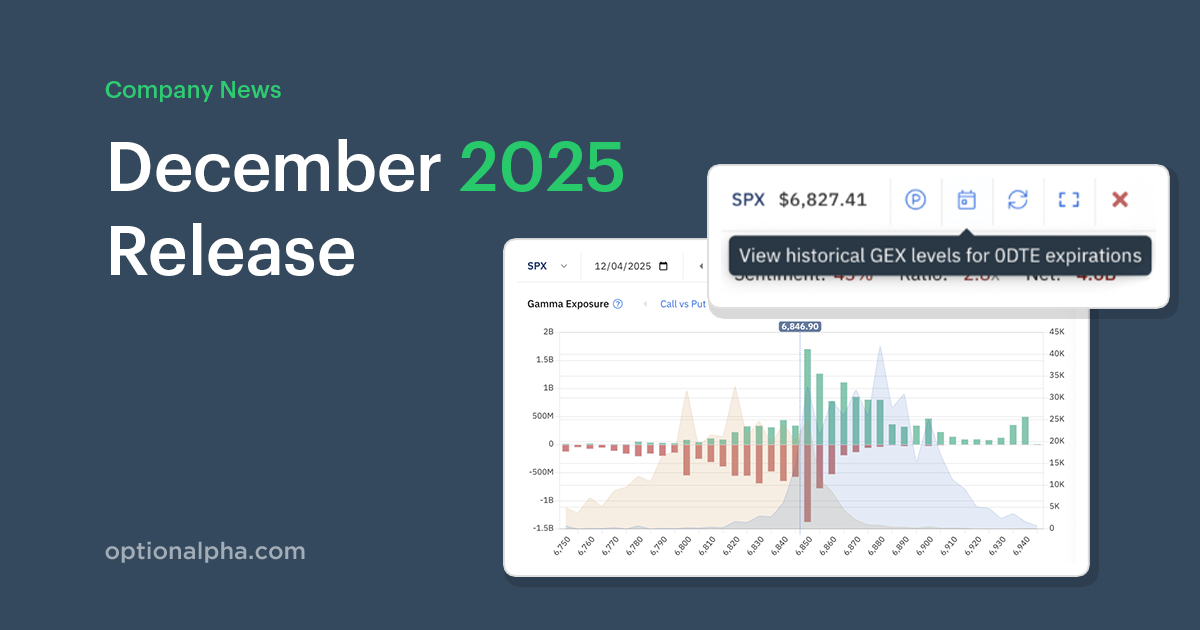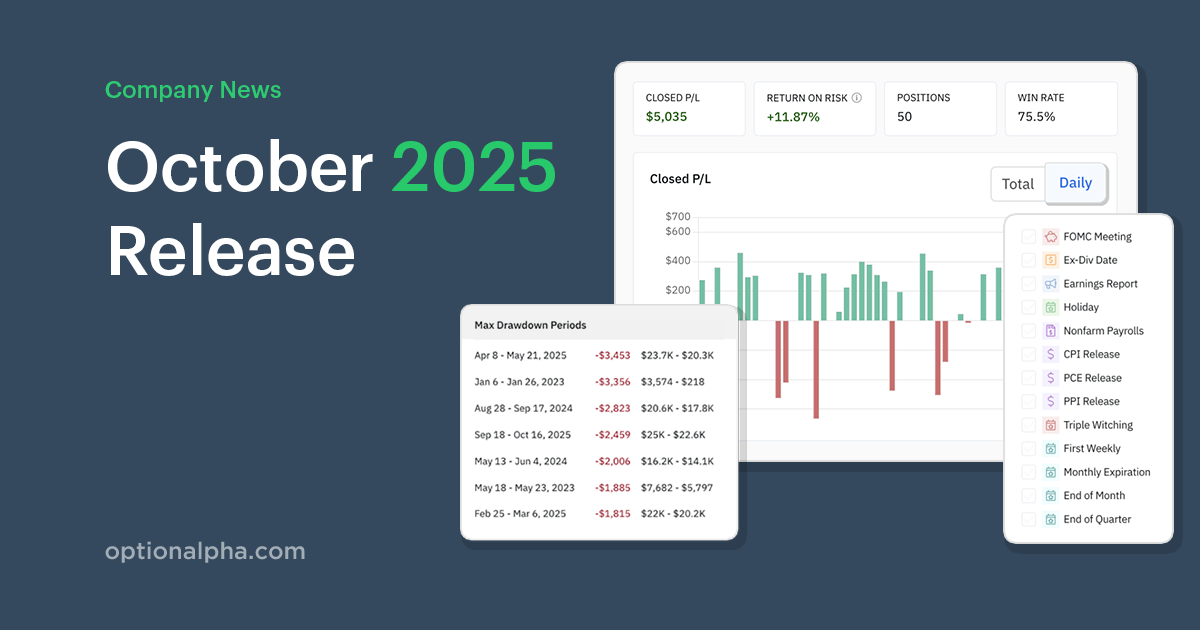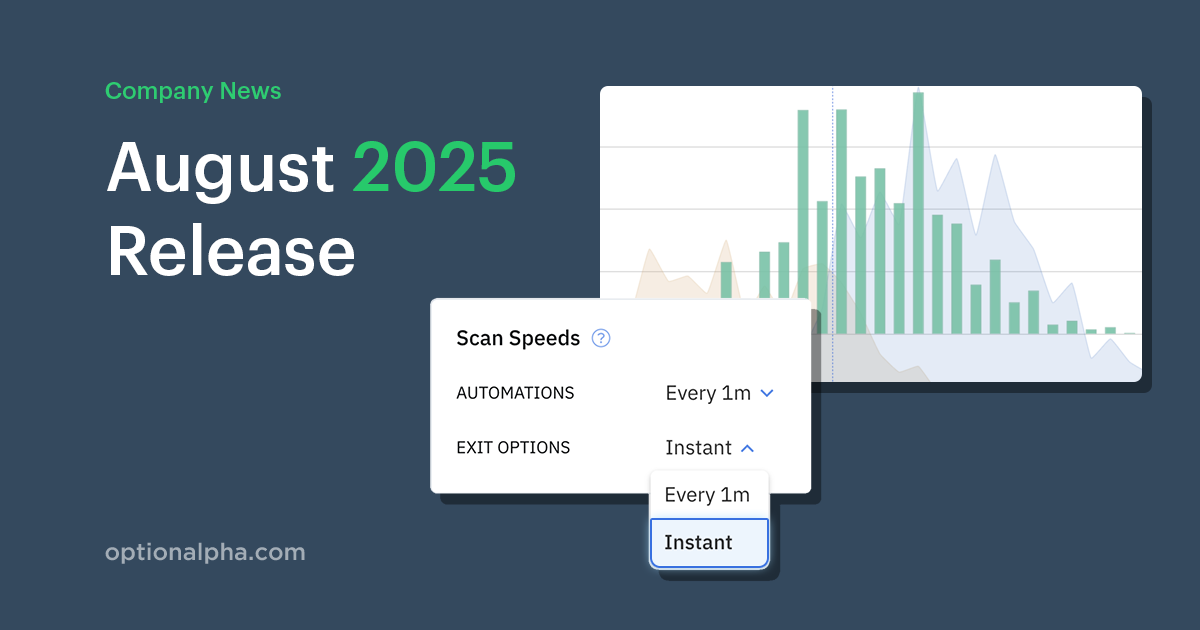This is a very popular question to ask. You have a vertical option spread that you need to exit but you don't want to get creamed exiting the position.
Even for the most experienced traders this can be a tricky path to walk. In this article, I'll help explain how you can safely look for the exit doors without watching your profits evaporate.
Let's Start At The Beginning
First we need to quickly talk about the Vertical Option Spread. And for simplicity we are only going to cover Debit Spreads in this article. For this trading strategy you make a simultaneous purchase and sale of two options of the same type (Call/Put) that have the same expiration dates but different strike prices.
Depending on your market bias, you could create a Bullish Spread or a Bearish Spread - both with either Puts/Calls. As you now options are very flexible. Let's use this simple example for our purposes:

Bullish 50/55 Vertical Call Spread
In this example we are assuming you BUY a Call with a strike price of $50 for $300 and at the same time SELL a Call with a strike price of $55 for $100 = a net debit (or cost) of $200 per spread.
Naturally the $50 Call is closer to the money than the $55 Call and costs more, so you are using the proceeds from the short $55 Call to help pay for the long $50 Call.
The overall goal of a trade like this is that the market will continue higher past $55 by expiration at which point your $200 investment turns into a $300 profit. However, as we all know, when you try to predict market direction things can and will go wrong from time to time.
The Trade Goes Wrong - Now What?
For one reason or another things don't go your way. Either the stock didn't go higher or it made a late move and now expiration and time decay are eating away at the premiums. Whatever the case, there are a number of ways to manage bad trades in a market like this. Here are my "preferred methods."
Each strategy is dependent on different market conditions, so keep them all handy and use the one that best fits your trade.
Scaling or Legging Out
Scaling out of the position on strength is my favorite technique. If the stock continues to rally but you know it will never hit your target, then buy back the short $55 Call early and take advantage of any upside move with the $50 Call.
If the move stalls and starts trading sideways or heading lower, do the opposite. Sell the long $50 Call and savor whatever premium you can get while leaving the short $55 Call open. Here you will take advantage of the remaining time decay of the short call.
Set Trailing Stop-Loss Orders
For the beginner trader this will probably work best because it's very easy to use and understand. Legging into and out of trades can become very complex and may require some additional trading experience. But stops are always great tools for any trader and have saved me multiple times.

What you could do is set a trailing stop-loss order just below the market price. You could set a $10 trailing stop-loss order, meaning that if the spread increases in value then the stop order moves up and protects the remaining value. If market turns around quickly then it will get you out of the trade and save what could have been a loss on the trade.
Reverse the Trade Completely
I typically don't favor this strategy because you are "giving up" on the trade completely. When you reverse the trade you are going to be selling the $50 Call and buying back the $55 Call. Whatever you get for the option premiums is what you get.
I have left this for the last option because when you reverse the trade you are not leaving any possibility for stretching the trade and making the most of a bad position. Over the years it's the traders who find an extra $5 or $10 here and there in bad trades that end up making more money. Even bad trades can still turn around and lose LESS than you expect if you were to close out the trade completely.




.png)









